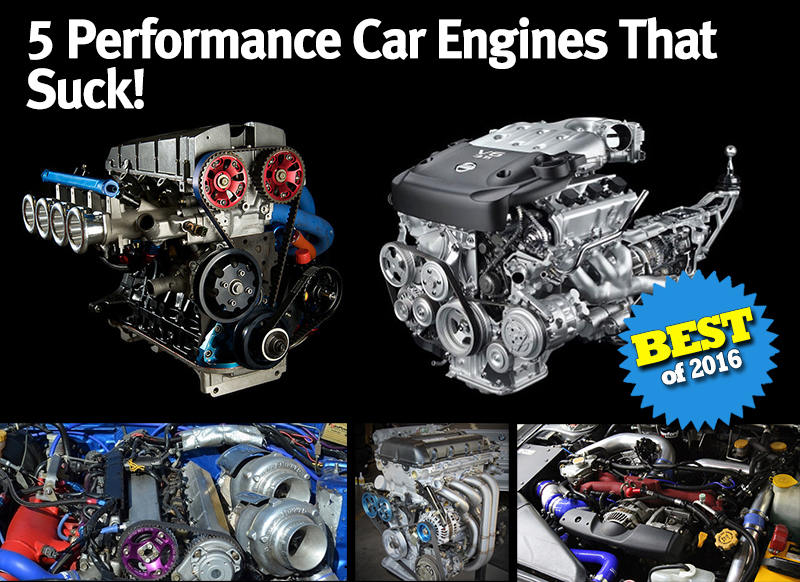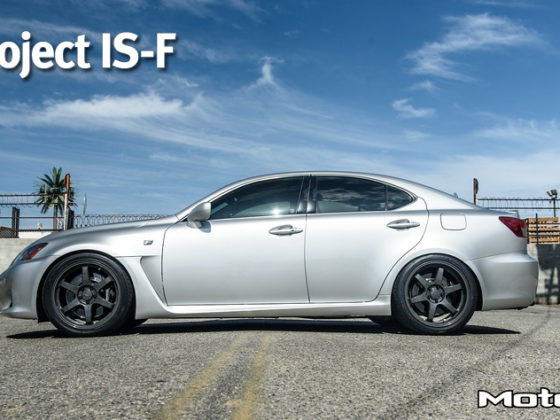,
4. Nissan VQ35DE


The weakest link in the engine is the stock connecting rods. These have really weak bolts and fail if the engine is revved much past 7200 rpm or if the engine is pressurized with enough boost to make over 350 whp. The rods were improved with better bolts for the later Rev-Up variant and were made much stronger for the venerable HR version of the VQ. So if you have a bolt on supercharger or turbo kit on your 350Z, be easy on the boost. If you have a free revving cammed out Z, keep the revs conservative.

Since the 350Z is a popular car to add forced induction to, also remember that the stock cast pistons have fragile ring lands and won’t tolerate much more that 350whp worth of boost which equates to just a few pounds due to the fact that the VQ is a pretty free breathing engine. Sure some people run their VQ’s harder, but not for long!

The VQ35DE oil pump is notorious for breaking, losing oil pressure then the rest of the engine, particularly if the engine is revved much past 7300 rpm at all. Installing the Rev-Up variant oil pump gears will get you to a safe 7700 rpm with the ability to occasionally blast as high as 8000 rpm with an easy drop in installation.

Finally, the VQ35DE head gaskets are prone to blow with boost pressure, and the stock water flow in the heads causes overheating and detonation with forced induction pulls of more than just a blast through the gears. This can be fixed with the use of the later VQ35HR head gasket which has a stopper layer and a revised water flow which allows water to circulate around each cylinder better. Some minor machining has to be done to the block to facilitate the HR water flow path, but it is simple if the engine is apart.





